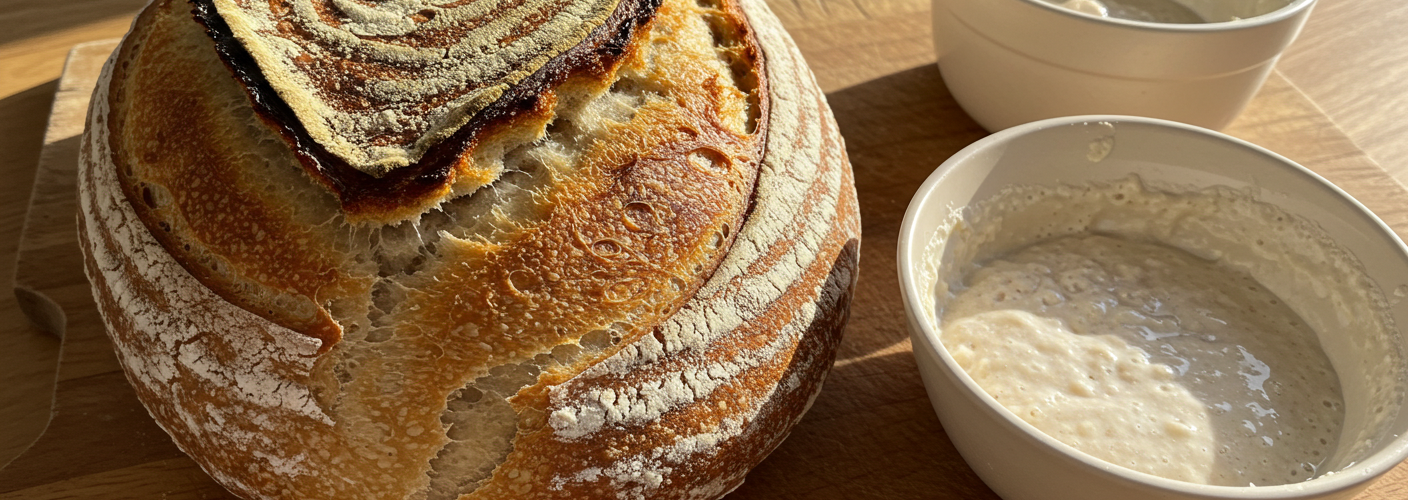Sourdough bread, with its distinctive tangy flavor and hearty crust, has been a staple in many cultures for centuries. This ancient bread is made using a sourdough starter, a living culture of flour and water that captures the natural yeasts and bacteria present in the environment. Unlike conventional bread, which relies primarily on commercial yeast for leavening, sourdough fermentation is a slow, natural process that yields a unique flavor profile and texture.
What is Sourdough Starter?
At the heart of every sourdough loaf is the sourdough starter. This mixture of flour and water undergoes a fermentation process that produces wild yeast and lactic acid bacteria. These microorganisms contribute not just to the leavening of the bread but also enhance its flavor and shelf life. The acidity from the fermentation acts as a natural preservative, which is why sourdough can last longer than bread made with commercial yeast.
Creating a sourdough starter involves a bit of patience and dedication. It typically takes about five to seven days to establish a robust starter. Bakers begin by mixing equal weights of flour and water, then allowing the mixture to sit at room temperature. Over several days, the baker will regularly feed the starter with additional flour and water, encouraging the growth of yeast and bacteria. Once the starter is bubbly, aromatic, and double in size within a few hours of feeding, it’s ready to use.
The Fermentation Process
One of the most appealing aspects of sourdough is its fermentation process. Unlike bread made with instant yeast, which rises quickly, sourdough is given time to ferment and develop. This slow fermentation process not only allows for complex flavors to develop but also leads to a more digestible bread. The long fermentation breaks down gluten and phytic acid, making the nutrients in the bread easier for our bodies to absorb.
When baking with a sourdough starter, one typically combines the starter with flour, water, and salt. The dough undergoes a series of folds and rests, allowing it to develop strength and elasticity. The final shape is often left to proof for several hours or overnight, enhancing the flavor and structure of the final loaf.
Why Choose Sourdough?
Sourdough bread boasts a myriad of health benefits. Its lower glycemic index means it won’t cause the same rapid spikes in blood sugar levels as other varieties of bread. The presence of beneficial bacteria from the fermentation process not only enhances gut health but also supports the immune system.
Moreover, the skill of sourdough baking can be incredibly rewarding. For many, it becomes a cherished hobby and a way to connect with a community of fellow bakers. The process of caring for a starter, experimenting with different flours, hydration levels, and fermentation times allows for endless creativity and personalization.
Final Thoughts
Whether you’re a seasoned baker or a novice looking to explore the world of bread-making, sourdough offers a unique opportunity to connect with the culinary past. Its rich flavors, health benefits, and the joy of creating something homemade make sourdough a truly special choice. So, roll up your sleeves, nurture that starter, and enjoy the wonderful journey of baking sourdough bread. After all, each loaf is not just a meal; it’s an experience steeped in tradition and passion.




Add comment